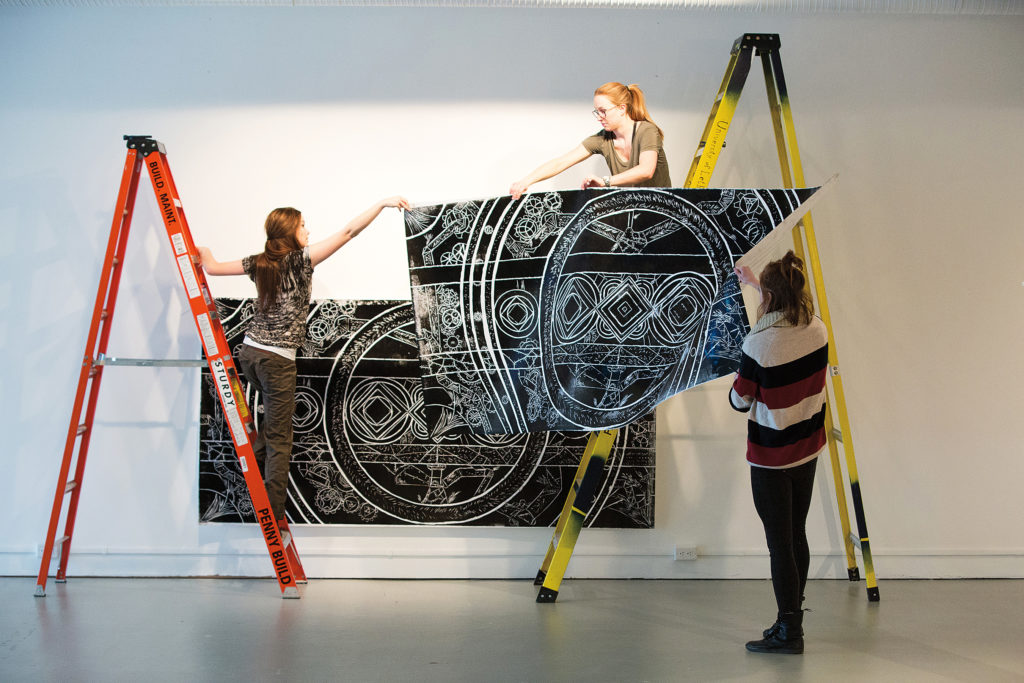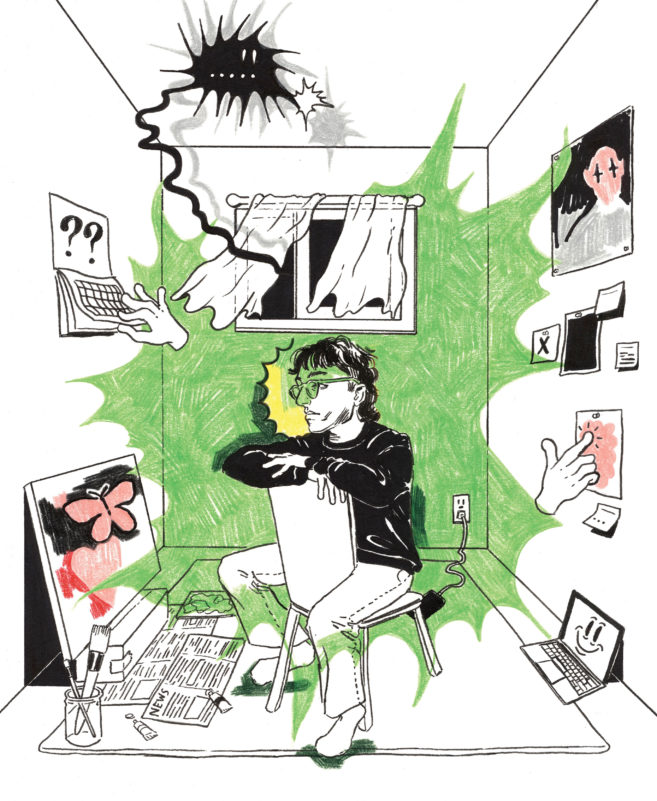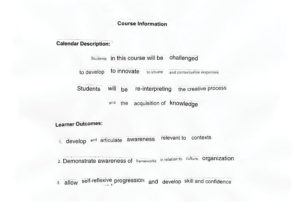Museums were once the exclusive repositories of carefully selected and preserved objects, but their role in society is changing. Now, museums increasingly address issues of cultural knowledge and civil society. Here are some ways to be a part of that shift.
Unique Opportunities in Graduate Studies
One of the more unique museum-related graduate programs in Canada is the Master of Museum Education offered by the University of British Columbia. ”Why do museums exist?” asks professor David Anderson. “I think of education as the most central role of museums and cultural institutions today. …So we look at the principles by which we communicate ideas and present the meanings that exist behind cultural artifacts.” The program is 90 per cent online, with the rest done during a short in-person intensive; this permits students from all over the country, many of them already working in the museum field, to enroll.
The University of Toronto offers Canada’s only anglophone Master of Museum Studies, which explores critical issues around digital heritage, collections, curatorship and more. For francophones, Université de Montréal and Université du Québec à Montréal run a joint Master of Museology degree program, drawing on the strengths of art and art history faculties at both schools. The latter university also offers an in-demand doctoral program in museology, mediation and heritage that permits study at a partner institution in Avignon, France.
Getting Started with a Bachelor’s Degree
The University of Lethbridge has a few degrees exploring museums, including a BFA in Art (Art History/Museum Studies) and a BFA in Native American Art (Art History/Museum Studies). “Students gain in-depth understanding by focusing on 19th-to-21st-century European, North American and Indigenous art history, while…working with the university’s extensive art collection containing more than 15,000 objects,” explains assistant professor Devon Smither.
Western University similarly has both a BA in Art History and Museum Studies and a BA in Museum and Curatorial Studies. Both include modules on art and power, as well as art, science and technology. The University of Calgary has an undergraduate minor in Museum and Heritage Studies to enrich other learnings. “The program is intended to complement a variety of major concentrations including Visual Art, Archaeology, Classics, History and Communications,” explains program coordinator Michele Harvey.
Gaining Hands-On Expertise at Colleges
Collections management, shop practices, preservation principles—these are just some of the courses in the Algonquin College Applied Museum Studies program, which aims for a “holistic approach,” integrating both museological theory and real museum practice, says professor Michael Wheatley. The three-year diploma program is available in a two-year iteration for select university students, with grads going on to conservator, consultant, museum writer and museum CEO positions.
At Georgian College, an intensive three-semester postgraduate Museum and Gallery Studies Certificate also provides technical practices coursework alongside teachings on exhibition design and educational programming. “Having a large gallery that functions as a lab for students to both assist with existing programming of high-quality contemporary art exhibitions and realize their own programming from ideation to installation is a great support,” says coordinator Gary Evans.
Flexible Growth to Learn While you Earn
Continuing to learn and develop as a museum professional is made a bit easier by the University of Victoria Cultural Resource Management Diploma program. Completed in two to three years of part-time study—which can be done completely online or, in some cases, with short, six-day, face-to-face immersives—the program is designed for those already working as collections managers, museum designers, preservation technicians and related positions across Canada.
“The flexibility of the program is one of our strengths,” says Tania Muir, director of cultural management programs at UVic. “You are in an online classroom of people solving real workplace issues and problems.”
Experiential learning has also included field trips, like one with building conservator Gord Macdonald to the Naval Depot at Cole Island near Esquimalt to study the ins and outs of building conservation firsthand. “There are co-ops you can take,” says Muir, “or you can relate the studies to your own work environment.”
This post is adapted from the Canadian Art School Guide: Art Workers, a special section in the Winter 2019 issue of Canadian Art. To download a PDF of the entire print supplement, click here.

 Students at the University of Lethbridge deinstall an exhibition as part of their BFA in Art (Art History/Museum Studies) program.
Students at the University of Lethbridge deinstall an exhibition as part of their BFA in Art (Art History/Museum Studies) program.






